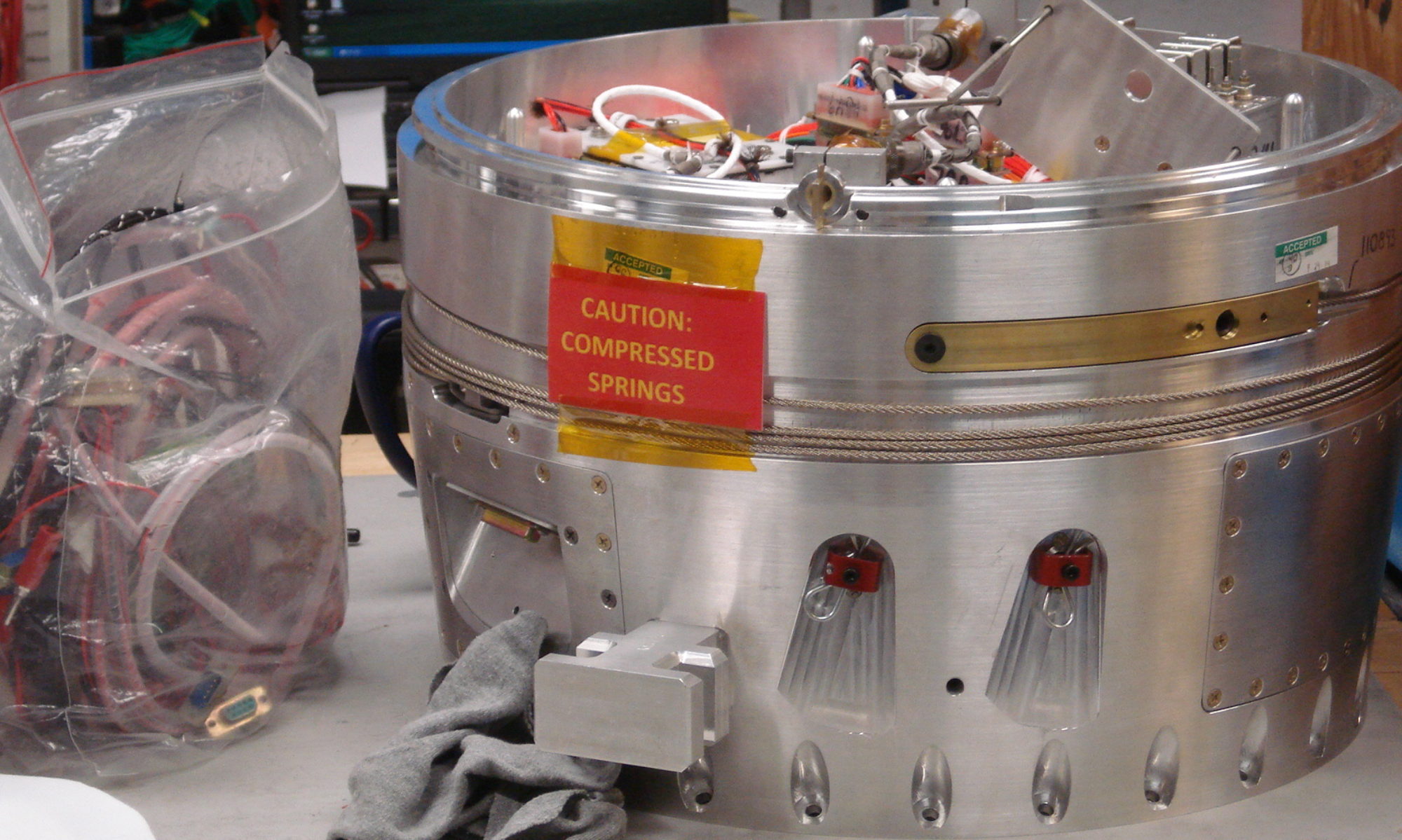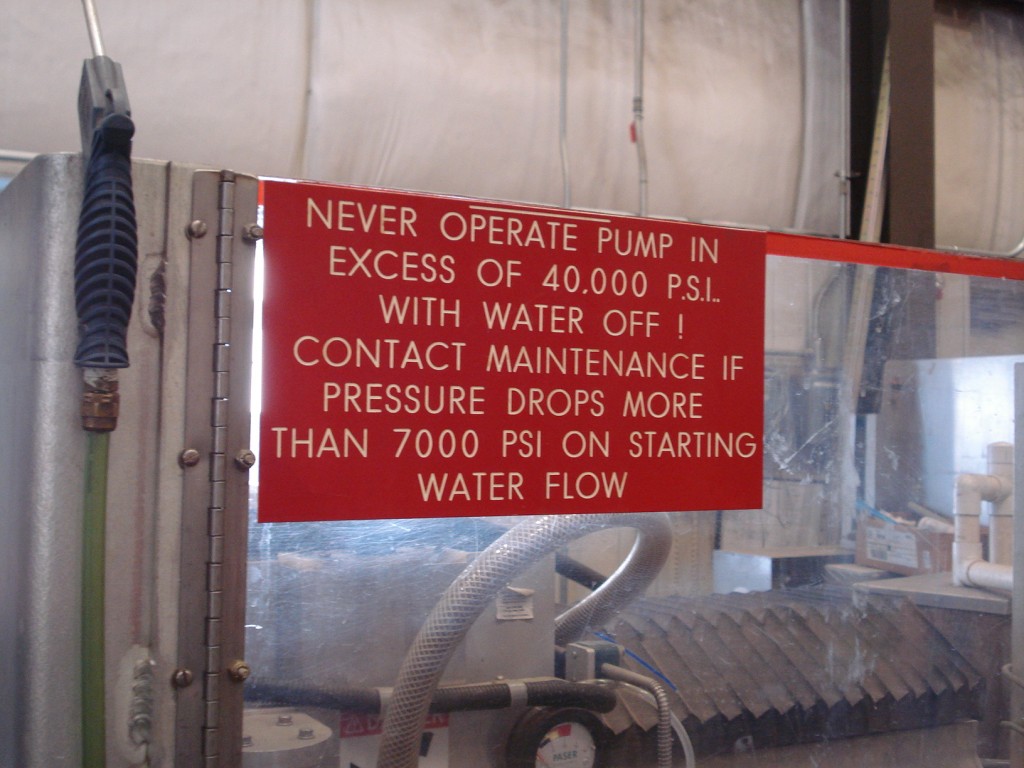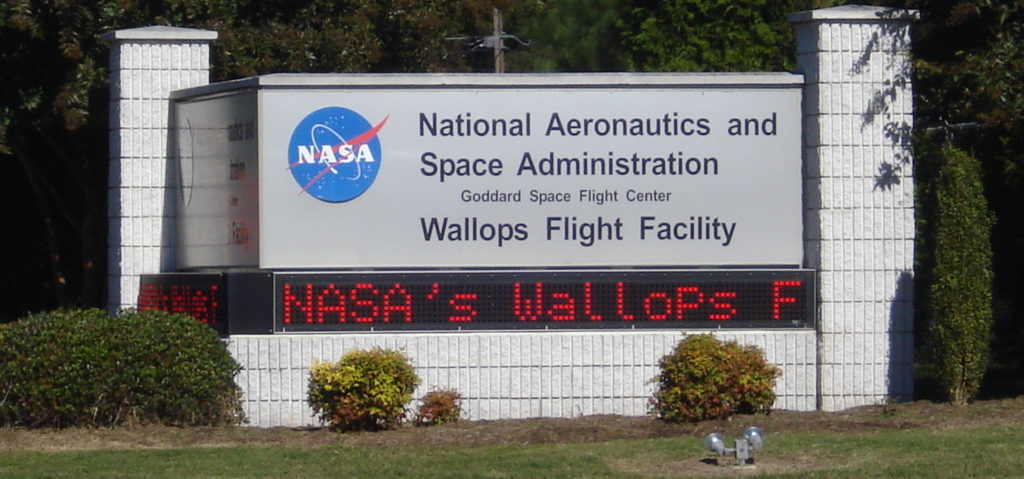
For those unfamiliar, NASA has a non-traditional media program that invites various social media users for a vast multitude of events- rocket launches being the primary interest of many, though there have been other events as well- notably getting to watch a rocket’s “hot” or test fire in the desert of Utah. I applied to view a launch in Virginia thinking I had no chance whatsoever of being selected. I don’t have a high post count here, nor do I engage with social media sites very much. However, the fates went my way and I got invited to be a social media commentator for the first Antares night launch from the Wallops Flight Facility, which is operated by the Goddard Space Flight Center, near the end of October 2014.
The flight from Atlanta to Norfolk takes about 2 hours. I took a night flight into ORF. As the plane began its decent, we turned around and could see the black mass of the ocean on one side and the incredible lighted area of Chesapeake Bay and the Norfolk Naval Station, home to the Atlantic Fleet. I could see the serpentine Chesapeake Bay Bridge, the absence of certain parts indicating which sections were undersea tunnels so that the fleet can come and go as it pleases.
After staying the night in Norfolk, I made the drive up to Wallops from Norfolk using the Bay Bridge. The trip up was uneventful and mainly as expected- the highway along the coastline was dotted with many businesses which had already shuttered as the summer season was over and so, too, were the opportunities to make money from the tourists.
Along the way, I stopped at a Wal-Mart, conveniently placed to take advantage of the coastal traffic, to get some snacks because I wasn’t sure what sorts of provisions would be available for the remainder of the day, and picked up my first bag of Utz Crab Chips, which I found to be quite wonderful.
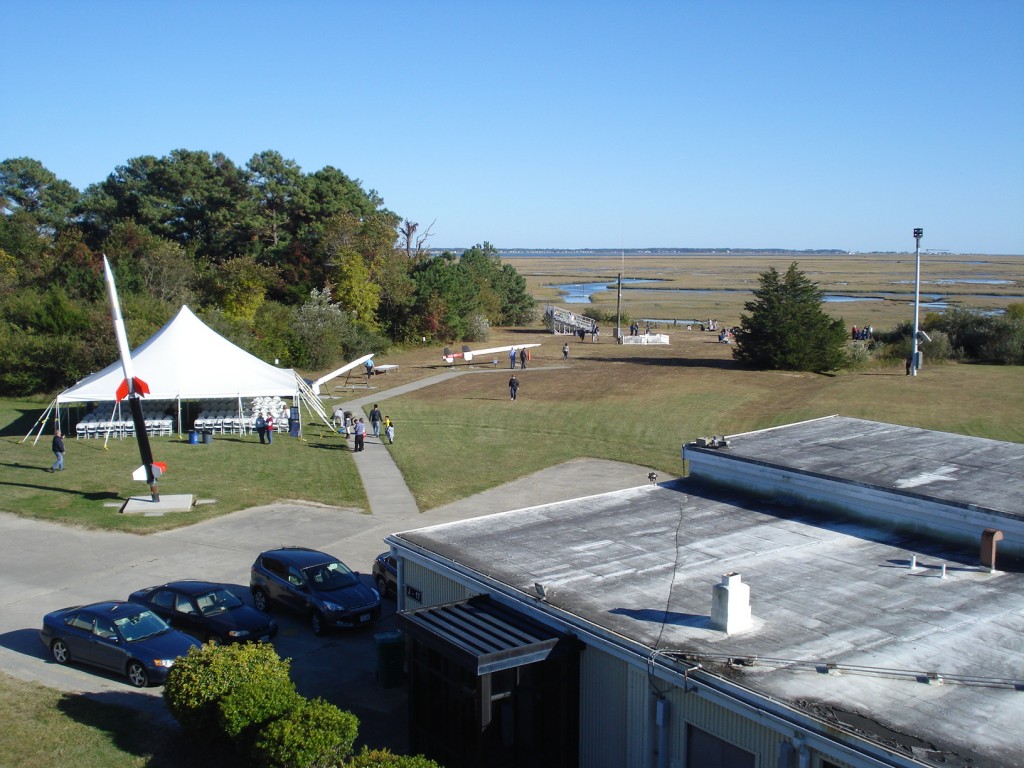
After arriving at the Wallops Visitor Center, which was to be the waypoint between the tours and activities among the facilities, all of the #NASAsocial invitees gathered together for sign-in and welcoming. Jason Townsend was our lead for the entire event, and was assisted by various team members. After what seemed like a whirlwind of meeting folks and getting somewhat oriented, it was time for the pre-launch meeting and press question and answer session, which was going to be broadcast on NASA TV. Just by the nature of these events, which are not reliant on national news media or other similarly sized and resourced organizations, the crowd was enough to fill the viewing room of the visitor’s center and the show, as they say, got on the road. It was light chatter, with some interesting characters from much larger NASA/Space watching sorts of blogs taking up the first couple of rows- while I did wonder if the folks doing the reporting for their blogs actually made any money at it, I was also simultaneously struck by the vulgarity of such a thought.
After our press briefing, which was close to an hour in length, we all piled up into busses to take a trip out to launch area, which has been photographed by NASA HQ, and you can view the photos here. They are really much better than the photos I collected, though I was pleased with this particular snap:
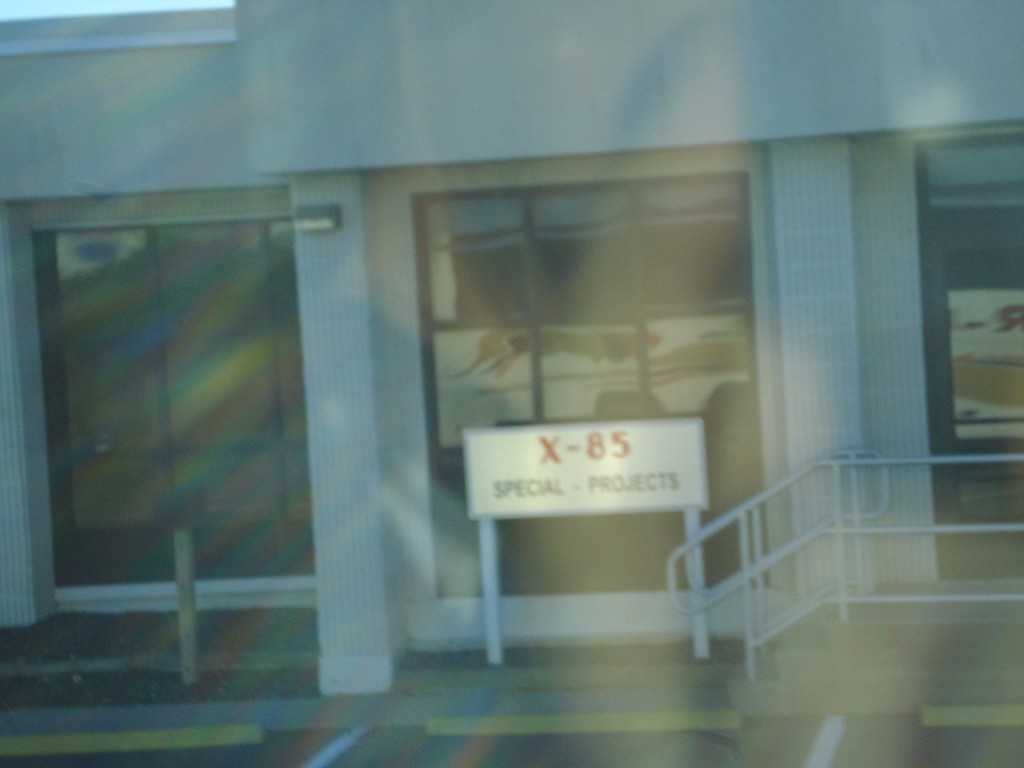
It was a pretty uneventful showing- the wind was blowing quite a bit and there was a bit of a chill coming in the air. The people we met from Orbital and that were in charge of the Antares launch of the “Orb 3” Mission were polite, cordial, and were somewhat alarmed when I asked whether the reorganization of Alliant Techsystems into the new Orbital Sciences Corporation was going to have any bearing on future launches in terms of cost savings, earnings per share, and other sorts of business metrics. They immediately had one of their very professional PR people come over and speak to me directly, as they probably didn’t want to get off message, in addition to trying to get a handle on who this particular rube was and why was he asking these sorts of questions.
I read the papers and just happened to be well informed, is all. This did eventually lead to a discussion the next day with a rocket motor guy and the history of Thiokol, DuPont reloading powders, and hunting in his home state of Utah. I think we get an idea that these people who are in charge of these various systems of the world at large are somehow separate and distinct from the rest of us; and that just isn’t true. Everyone I met from ATK/Orbital and from NASA were incredibly professional- but also approachable.
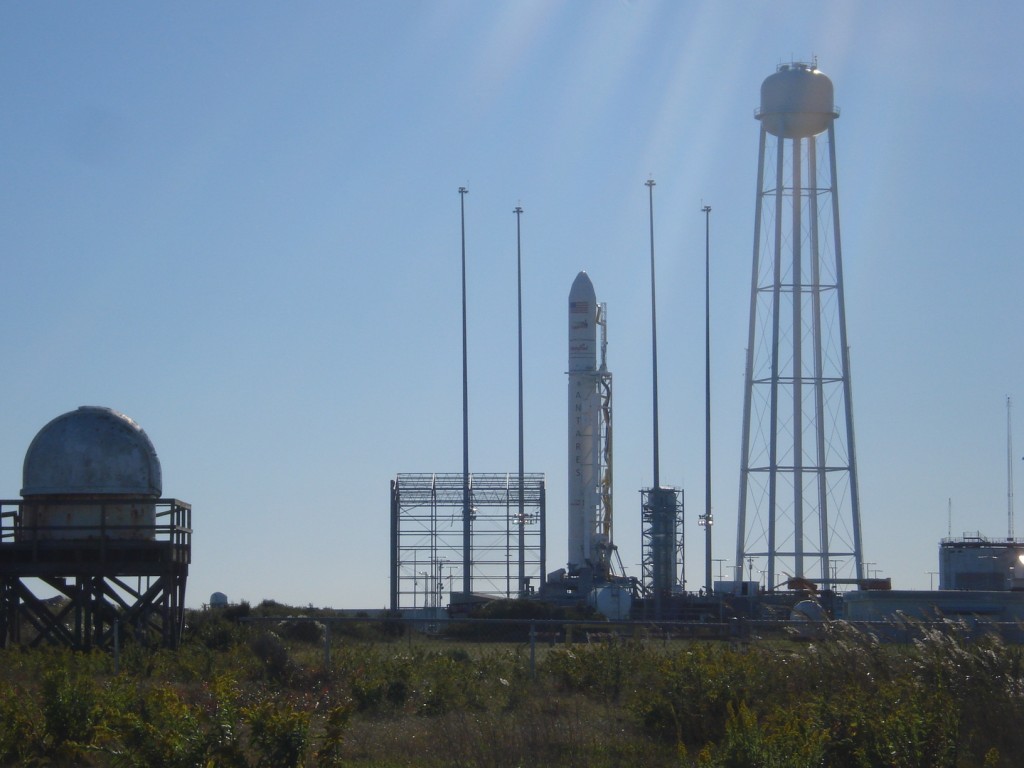
After the “close as we can let people who don’t have security clearances get to the launch pad to take photos and ask questions,” we got back onto the busses and headed back to the visitor center to disperse for the evening.
Across the street was a NOAA installation, noted by the large antennas- a favorite view of mine, I have to say!
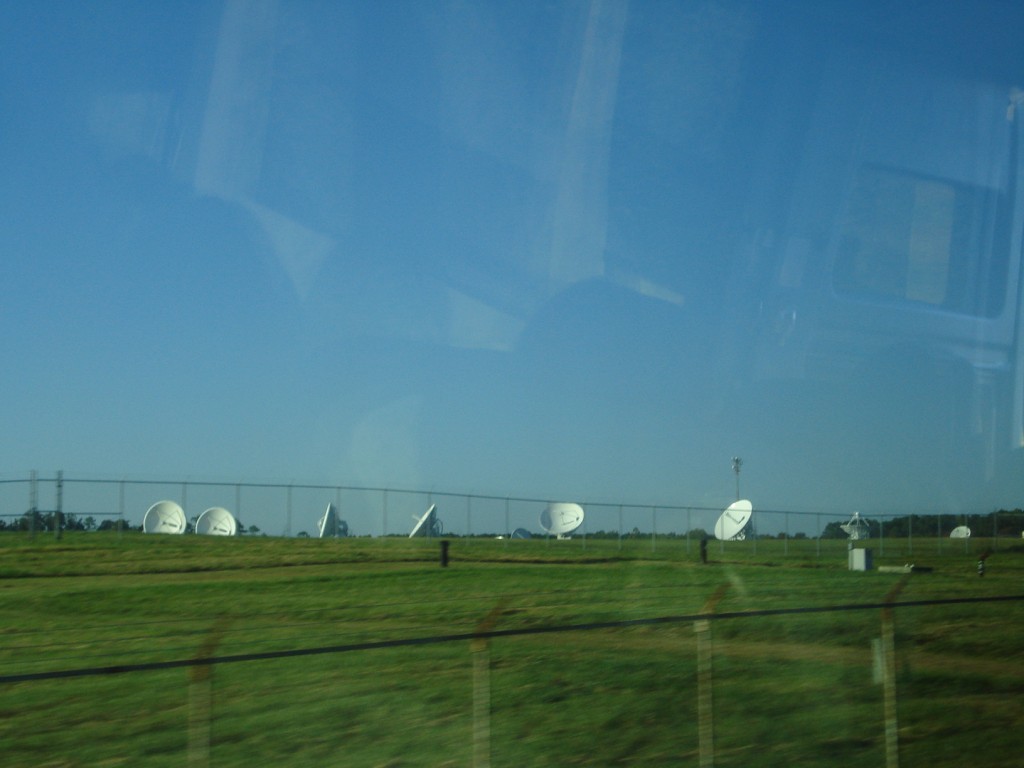
The stay on Chincoteague was pleasant enough. I ate at Famous Pizza; I skipped the pizza and had a flounder sandwich with cocktail sauce- delish! They had Tool playing in the kitchen, so I knew I was at the right place.
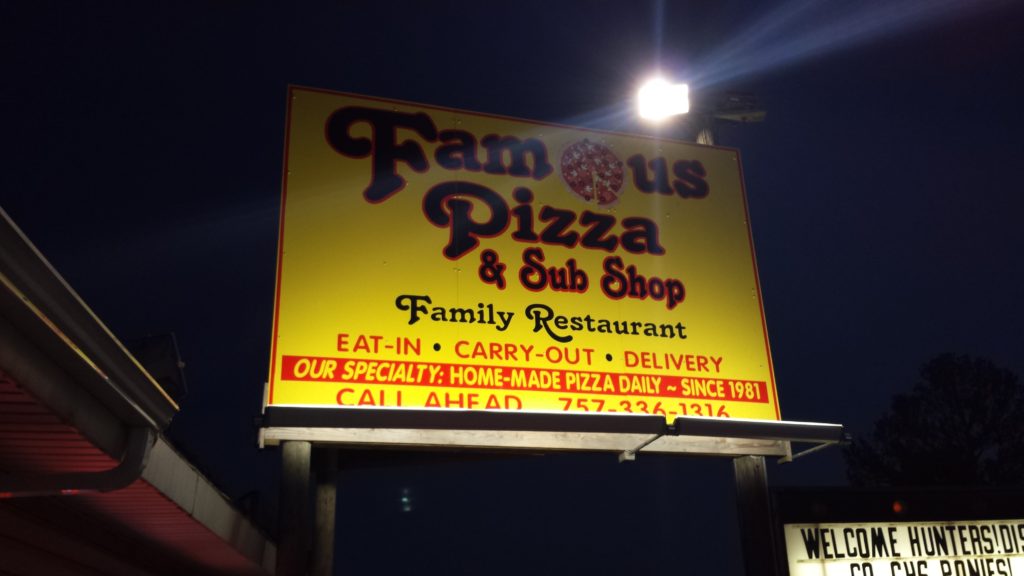
The hotel left a bit to be desired- I couldn’t quite figure out why there were so many black flies swarming about in the room, until I looked it up. How anyone visits such a place as a summer retreat with so many flies is beyond me- I’m used to the low bug count of the Redneck Riviera, I suppose. That is my only complaint, but the place is covered in flies and it is in a marshland, so not sure how germane the comment is.
I got up for the day’s events- it was a real marathon- we basically ran from place to place on the installation to visit the different facilities and hoping to maintain our schedule. I could have spent a week in each department we visited. Instead, #NASASocial only got about an hour or so per place- not including bus transport between different facilities- and it just wasn’t long enough. I only later learned that there were supposed to be 50 attendees, but due to the launch being rescheduled, we only retained 20 or so of the 50 (moved from Fri/Sat to Sun/Mon).
I can’t imagine what it would have been like with a full compliment of NASASocialites. I think our group was just the right size, even though I didn’t mingle with all of them (especially the younger, more boisterous narcissist types- very “me” focused). They have their own sort of way of approaching this world that doesn’t suit me. The older and more settled, professional crowd was more my speed. However, you have to give a bow to the NASA Social HQ people for selecting a very different, diverse, and hodge-podge group of people to attend the launch. There are many different crowds and audiences that could potentially be reached from this social media coverage. For instance, my followers, and who I follow, vary tremendously. From my Twitter amateur radio people, Google + local group and my Facebook friends- everyone from who I’ve taught to who has taught me. It’s a varied audience and I’m sure that everyone else (and even those who were not) who was selected for this event probably had just as many varied audience members, too. It’s quite likely that this is part of the selection criteria to be included in a #NASASocial event in the first place.
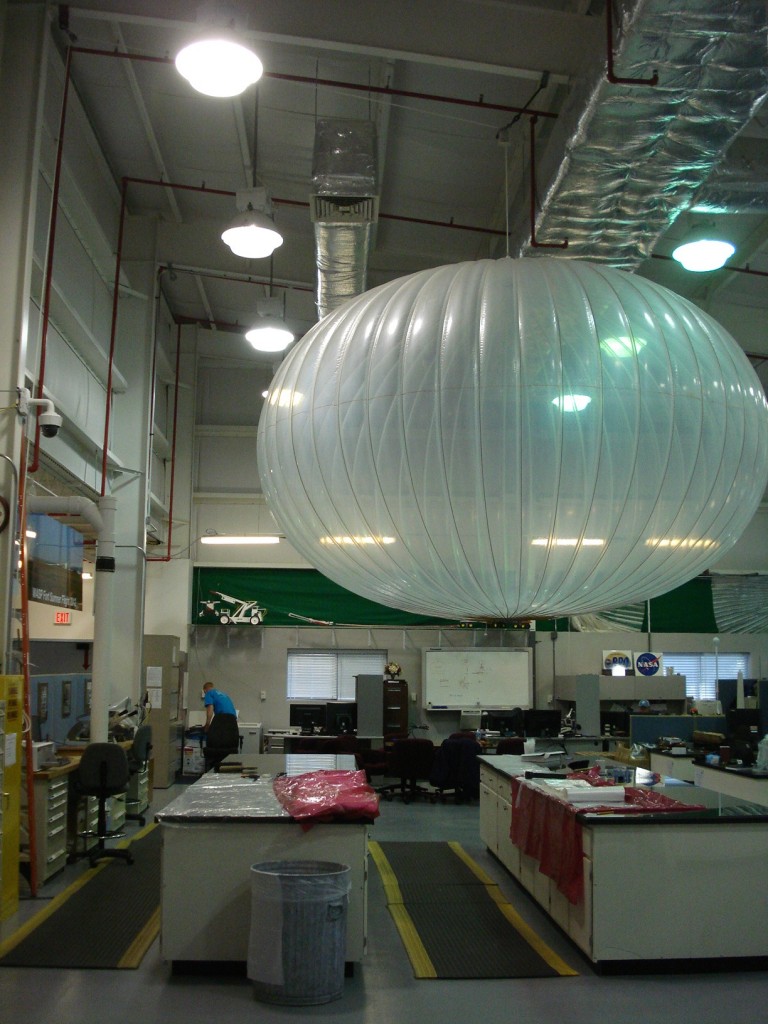
Some tour! Our first stop was with the balloon lab. There was discussion about the shortage of helium and that when it gets too expensive, they will/may have to switch back to the more dangerous hydrogen for fuel. The various materials they had on hand to construct the balloons varied in size; the largest the balloonists had built contained the approximate volume of the Astrodome.
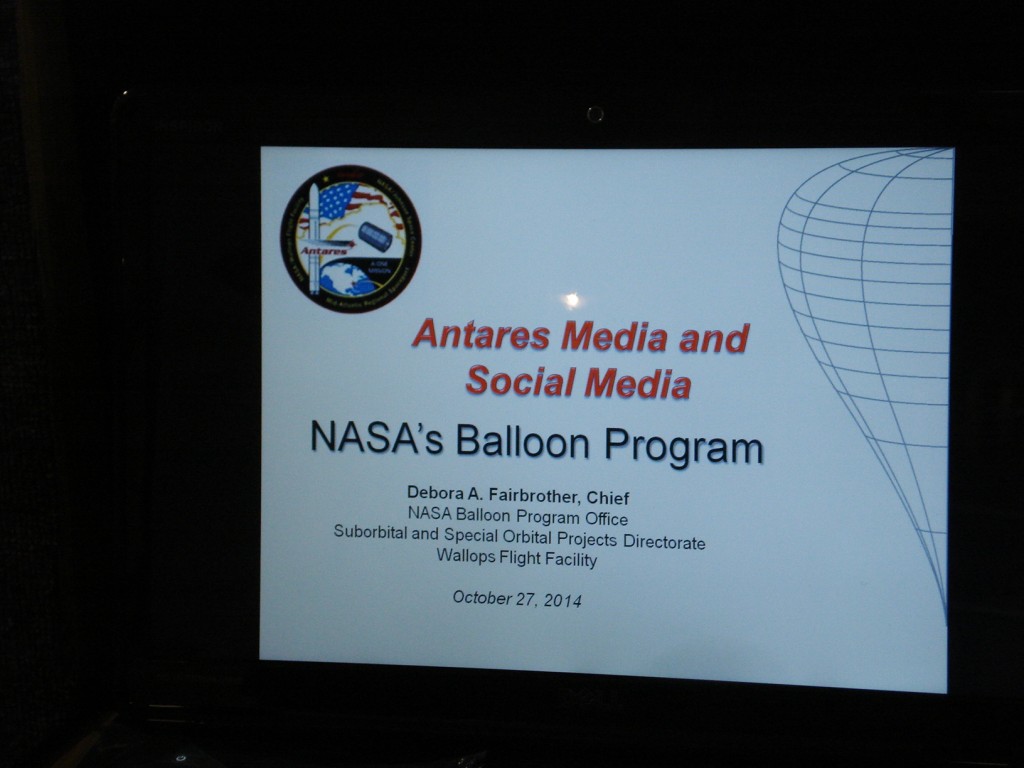
The lab itself was full of all sorts of things. Wall racks with giant rolls of Mylar and polyethelene just waiting for use.
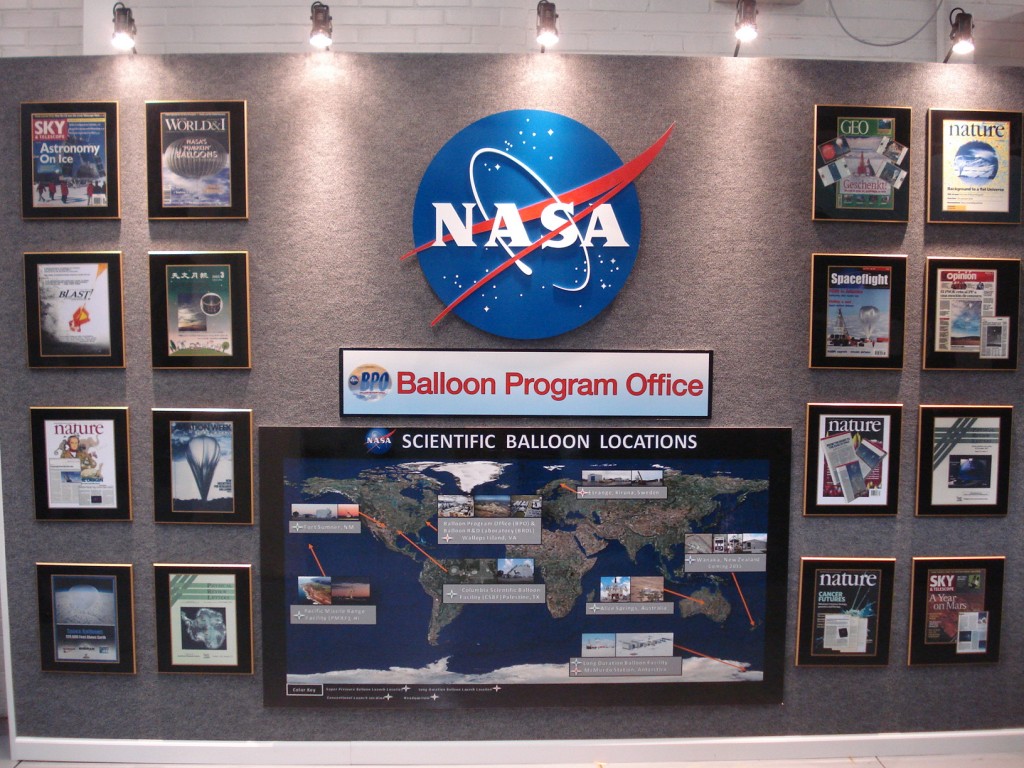
Oddly, none of us asked how the balloons are constructed. It’s obviously more involved than giving a 3rd grader a hot glue gun, some popsicle sticks, and yarn. But construction details weren’t mentioned once and I can’t believe it didn’t occur to me to ask.
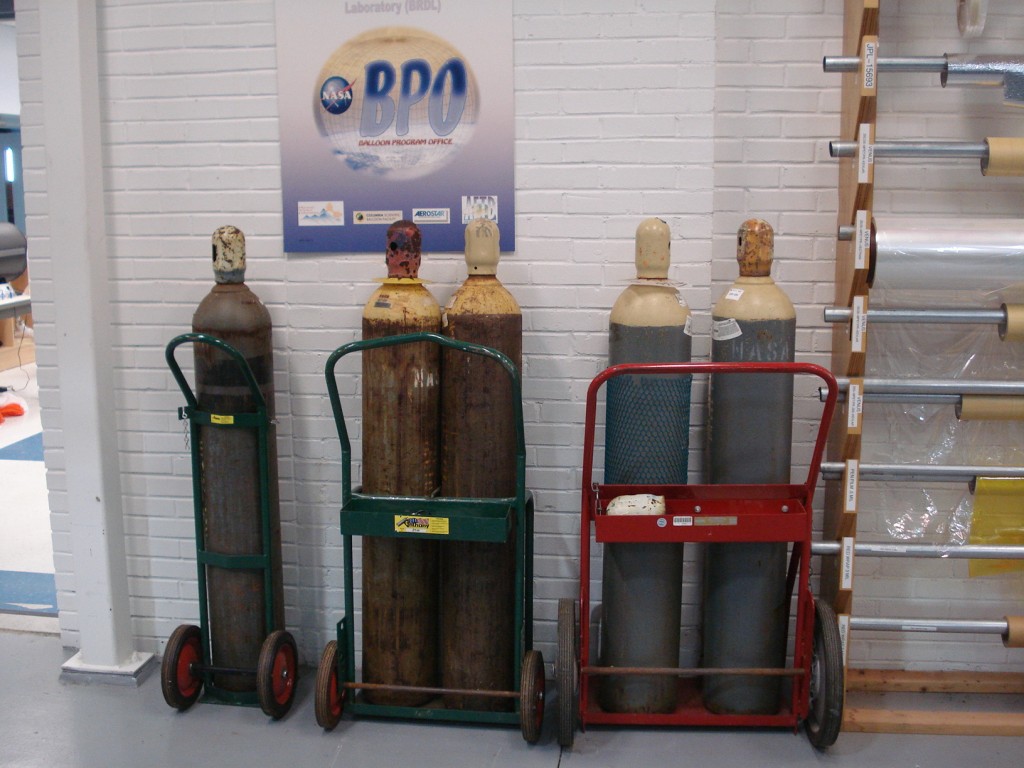
We took a look through the rest of the, well, I’m calling it balloon factory, and we went past various testing chambers, one of which was an anechoic one, no doubt to test the various electronics packages that fly aboard the different balloons. There are multiple balloon launch sites.
After getting our fill of balloons, we moved to the Sounding Rocket Foundry. I simply can’t do it justice- they perform nearly everything from raw machining to final assembly of these sub-orbital rockets. 2015 was the 70th Anniversary for Wallops, which has launched over 16,000 rockets; the name “Wallops” comes from an early English surgeon who owned much of the land in the region.
The shop checks for rocket deflection, does a BEND test, and has a giant shaker table. Sounding rockets are violent creatures- there is a lot of work that goes into the payloads, of course, but those won’t matter if they can’t get to orbit. Imagine having your tires balanced on your car- that’s, sort of, what these fine folks are basically doing. I did notice the high number of blue lab coats, which I asked about. They are used for ESD protection. Or, if it is chilly in the room.
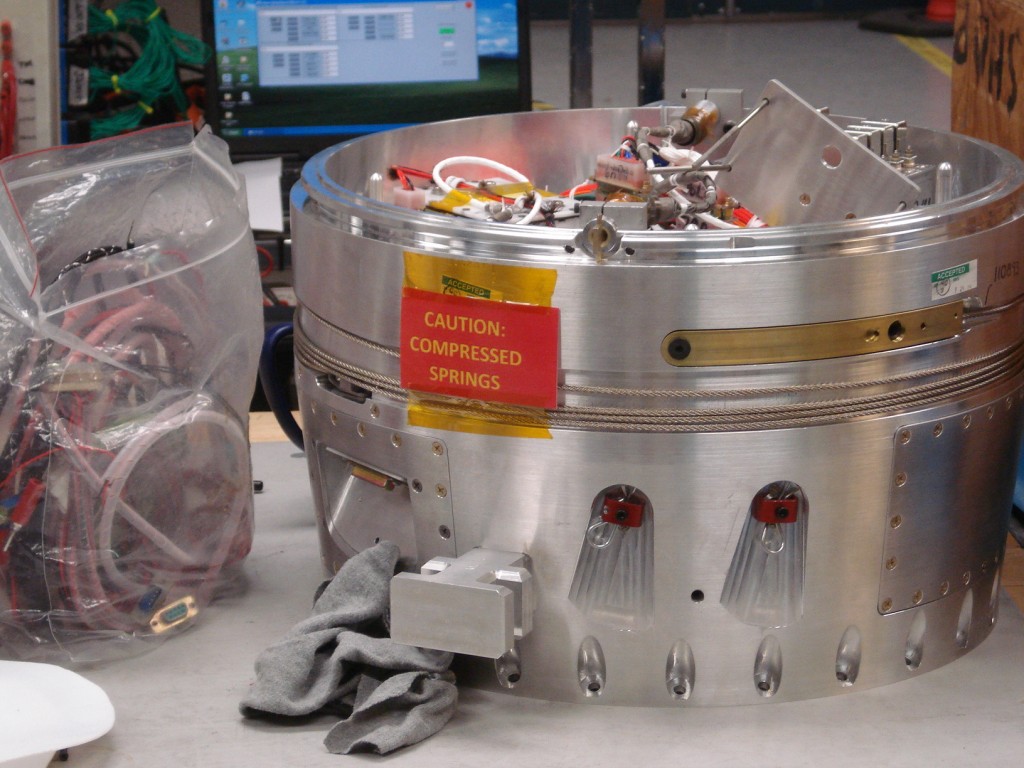
We also found out that, much like leaving a light on in a theatre to keep the evil in the dark, you don’t use the word “explode,” when you are discussing the combustion forces at work in a rocket motor. You instead say, “it makes fire.”
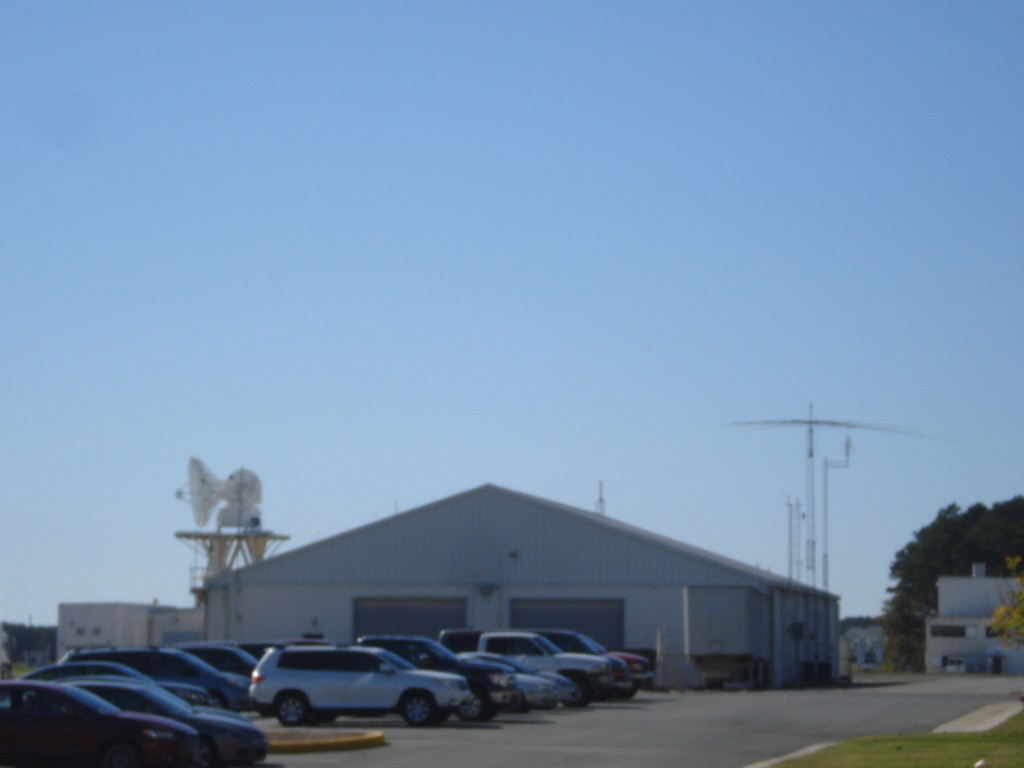
The last stop of the day before the launch was a tour of the launch command and control. It reminds one of everything we see in the media- the trenches of monitors, people running pre-flight checks, following the step by step guide that takes nearly a day or so to get through. When you are sending a rocket up- you better get everything as right as you can.
I did learn during this part of the tour that the NASA logo was affectionally called “The Meatball.”
After this last jaunt, we headed back to the visitors center, and got geared up for the night launch. Sadly, I missed it, along with everyone else. There was some boat in the downrange launch area that couldn’t be moved out of the area in time to meet the launch window. I couldn’t stay- I headed back to Atlanta on the earliest flight out the next day.
And in maybe some way, I was lucky. The next evening, the rocket had an anomalous event during launch which ended with the rocket’s destruction, along with major damage to the launch pad and associated facilities.
The #NASAsocial people who were able to stay were evacuated away, along with the other VIPs from a launch viewing area around two miles away from the launch pad. Eventually, Orbital decided that there was a defect in the rocket engine itself and have moved away from that supplier to another.
I had a wonderful time, even though I didn’t get to view the launch directly. I would encourage anyone who is interested in NASA and space in general to keep an eye out for a #NASAsocial event near you- it’s worth the trip!
